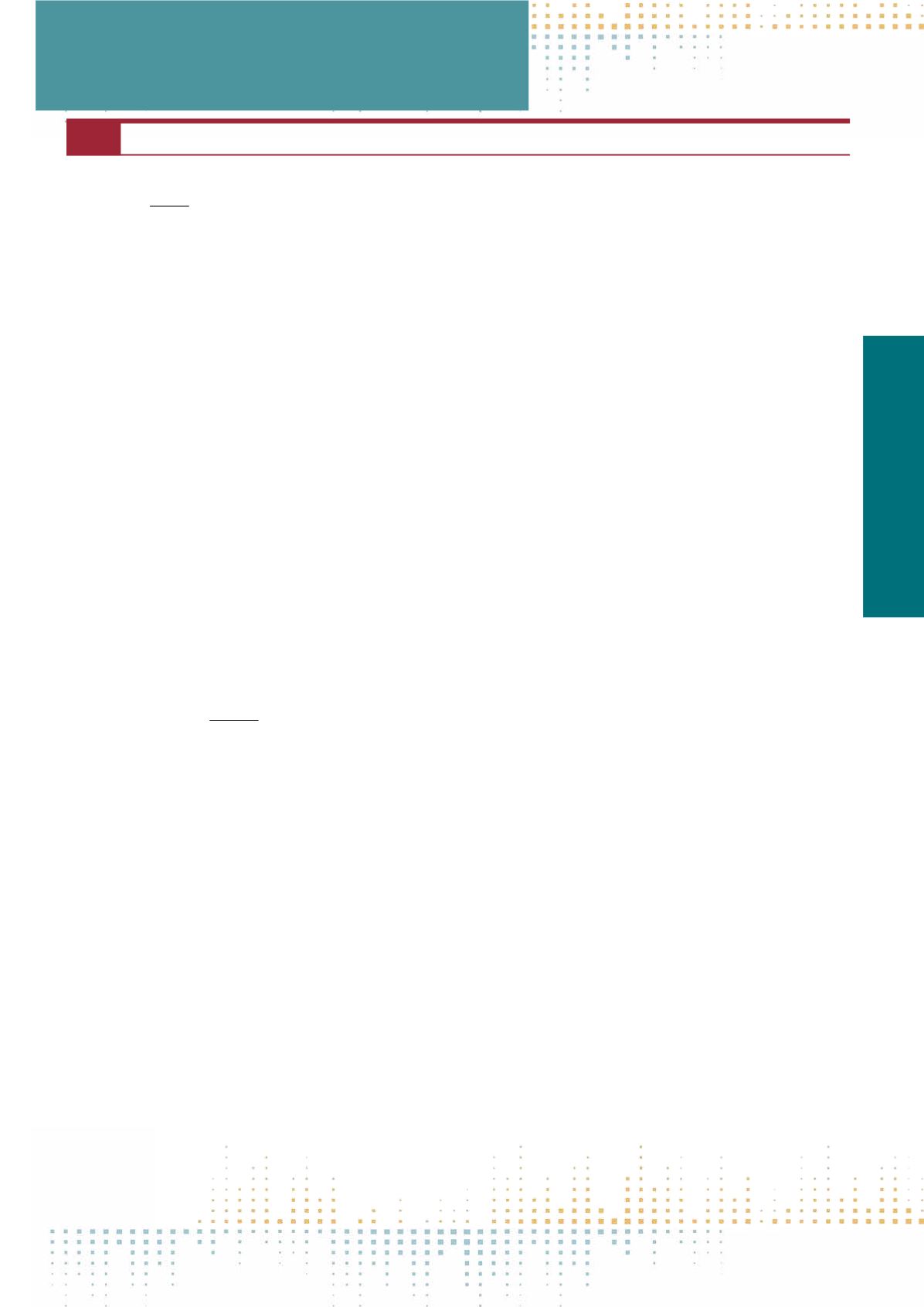

473
Thursday, November 10
0 9 : 0 0 – 1 0 : 3 0
OSC01
Conceptual Brainstorm
PP 034
Comparative Research in International Public Relations Research: Current Gaps and Future Directions
S.C. Volk
1
1
University of Leipzig, Chair in Strategic Communication, Leipzig, Germany
Today, organizations across the world must operate in a dynamic, ever-globalizing political, economic, sociocultural, and media environment (Sriramesh,
2009). Due to the emergence of global communication networks and transnational media, organizations have to deal with a growing number of geograph‑
ically dispersed, yet interconnected stakeholders with conflicting expectations and interests (Wakefield, 2008). Global migration flows and rising mobility
have contributed to the exponential increase in cultural and ethnic diversity (Bardhan & Weaver, 2011). In such a globalized environment, organizations
of all types are confronted with the challenge to communicate with stakeholders of varied nations and cultures, which is more complex in an international
as opposed to a single-country setting (Verčič, 2009). In view of diverse globalization forces affecting communication today, it seems logical that aca‑
demic research needs to explore how communication is impacted by different economic-political, sociocultural, and media settings in different countries
in a comparative manner. Across disciplines, scholars have increasingly come to recognize the significance of comparative research, since only compara‑
tive approaches permit to (a) identify universal and specific patterns, (b) provide contextual descriptions and generalize theories, (c) develop empirically
grounded typologies, and (d) offer explanations of underlying context factors (Esser, 2013). The key challenges of comparative research lie in choosing
appropriate, equivalent cases for comparison, conceptualizing how multi-level context factors are interrelated, and measuring adequately their direct or
indirect influence and causal relationship, e.g. by employing mixed-methods designs (Esser & Hanitzsch, 2012). In the field of organizational communica‑
tion, academic research in this context has been mainly conducted in international public relations (IPR). However, a critical analysis of the existing body
of knowledge indicates some important deficiencies: First of all, current public relations scholarship lacks commonly accepted definitions and conceptual
clarity, illustrated by the multitude of terminology used interchangeably and confusingly (Zaharna, 2000). Secondly, contextualized research of the impact
of globalization on PR has not been addressed in its complexity, with more attention directed towards culture and socioeconomic environments, while
technological factors, activism, or media contexts remain under-investigated (Molleda & Laskin, 2005). A third characteristic of scholarship are attempts to
fructify existing PR theories internationally, resulting in ethnocentric conceptualizations and static assumptions of cultural spaces that reach limits in regard
to new global realities (Bardhan & Weaver, 2011). Fourth, most empirical studies are not conducted within an international scope, but rather limited to
descriptions of PR practices in single countries, while so-called comparative research is often not comparative in its true sense (Schwarz, 2010; Ingenhoff &
Rühl, 2013). Considering the paucity of comparative approaches to IPR, this critical analysis concludes that the potential of comparative research to describe,
contextualize, and explain PR in the context of a global environment has thus far been largely overlooked. The presentation will outline intriguing starting
points for IPR scholarship to engage in comparative research, i.e. by drawing wisdom from the related fields of comparative media and journalism research
and comparative political communication research.
PP 035
Developing a Critical Public Interest Paradigm: A New Direction of Accountability for Public Relations
J. Johnston
1
, M. Pieczka
2
1
University of Queensland, School of Communication and Arts, Brisbane, Australia
2
Queen Margaret UNiversity, Media- Communication & Performing Arts, Edinburgh, United Kingdom
This paper brings together critical theory and the concept of the public interest to develop a new theoretical direction for public relations research, scholar‑
ship and practice. It follows Johnston’s (2016) Public Relations and the Public Interest which calls for greater inclusion of critical theory to examine the dia‑
lectic inherent in interest conflict and negotiation. It suggests that while critical theory has become a firmly entrenched part of public relations scholarship
(see, for example, L’Etang & Pieczka 2006; L’Etang et al 2016), and the public interest has received some recent attention within the field (see, for example,
Heath 1992; Johnston 2016a; 2016b), combining the two can provide a powerful theoretical framework for negotiating the multiplicity of interests that
must be confronted in public relations practice. The paper examines the role communication plays in structural adjustments that are made within societies
in order to balance the many interests at play within different systems and cultures of governance at organisational, local, national and international levels.
It proposes that these structural adjustments often lie at the heart of public relations practice which is frequently tasked with negotiating and managing
organisational and sectional interests; private and public; self and community interests. It further proposes that the public interest articulatied theoretically
with a recourse to a critical communication theory framework —including attention to issues such as power, access, equality, justice — may provide
the necessary way to navigate competing interests in a way that attempts to offer resistence to the relentless forcess of rapid change, fragmentation,
inequality and inividualalisation that characterise the disconiuous modern world (Bauman, 2007). Finally, it (re)considers the simultaneous and intercon‑
nected roles of publics and agents, drawing out conclusions as to how the public relations practitioner can ultimately accept a greater level of accountability
for determining interest outcomes examined using the lenses of a critical theory and public interest. References Bauman, Z. (2007) Liquid Times: Living in
an Age of Uncertainty. Cambridge, UK: Polity. Heath R.(1992). Visions of Critical Studies in Public Relations, in EL Toth & RL Heath (eds.), Rhetorical and Crit‑
ical Approaches to Public Relations, New Jersey: Lawrence Erlbaum Associates. Johnston, J. (2016). Public Relations and the Public Interest, Routledge: New
York L’Etang, J & Pieczka, M (eds.) 2006, Public Relations: Critical Debates and Contemporary Practice, Lawrence Erlbaum, Mahwah, NJ. L’Etang, J, McKie, D,
Snow, N & Xifra, J (eds.) (2016,). The Routledge Handbook of Critical Public Relations, Routledge, London.
Organisational and Strategic
Communication
(OSC01–OSC07)



















